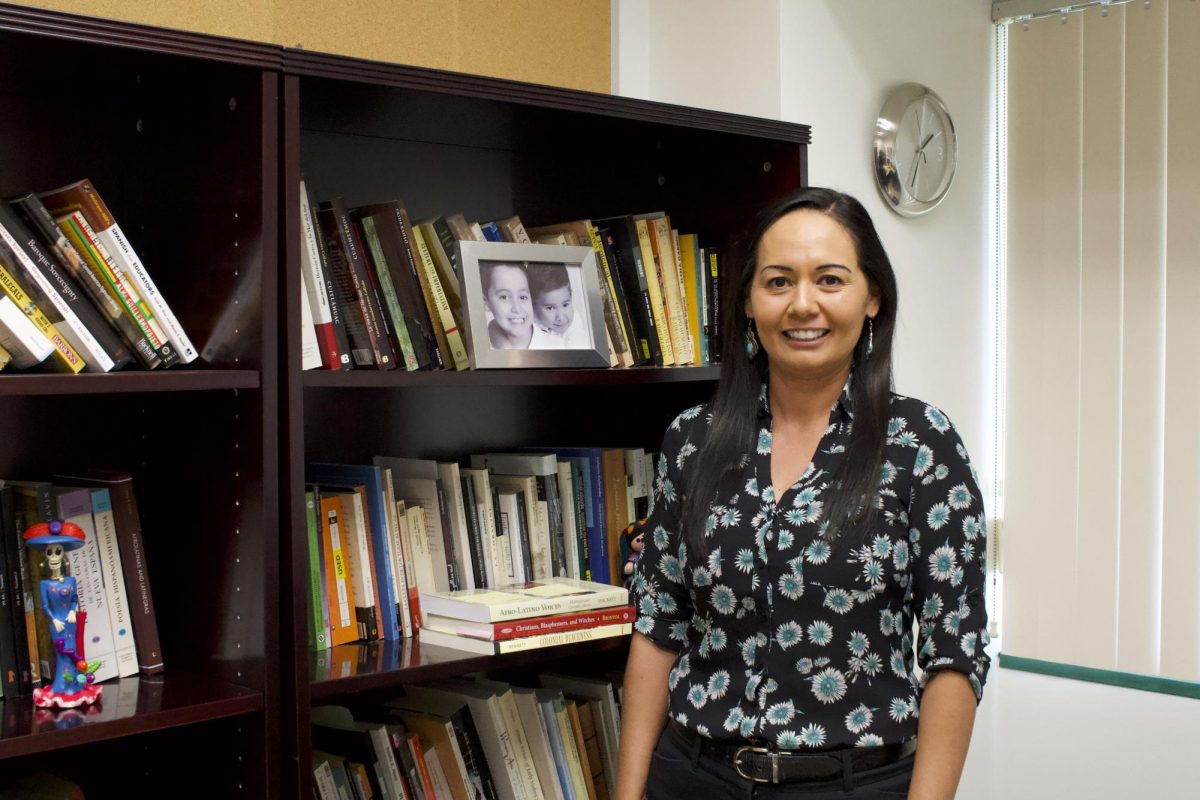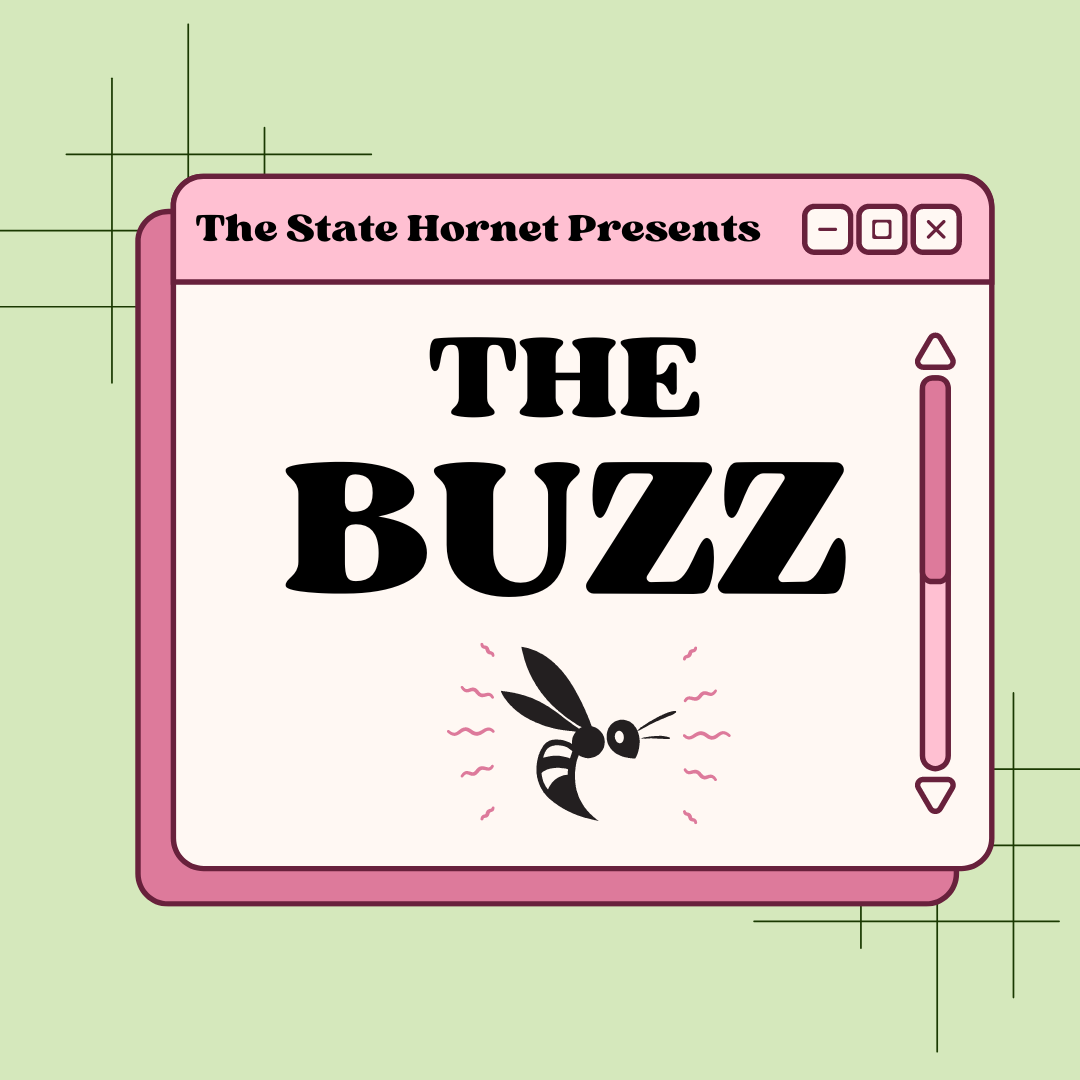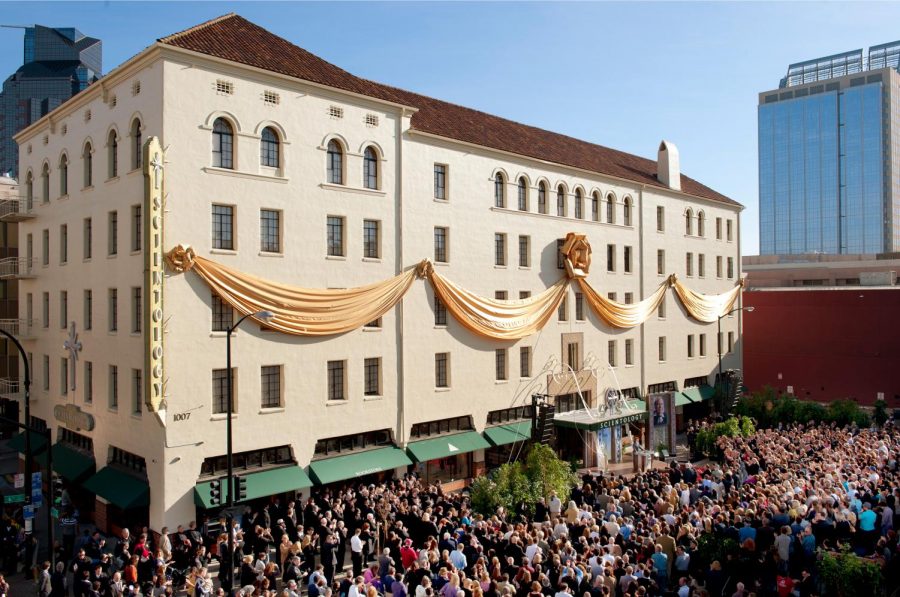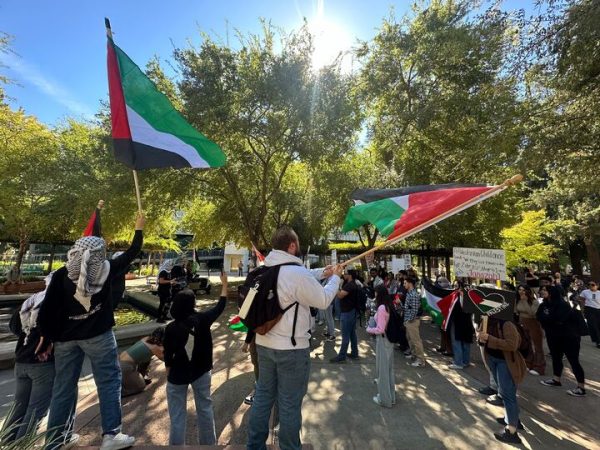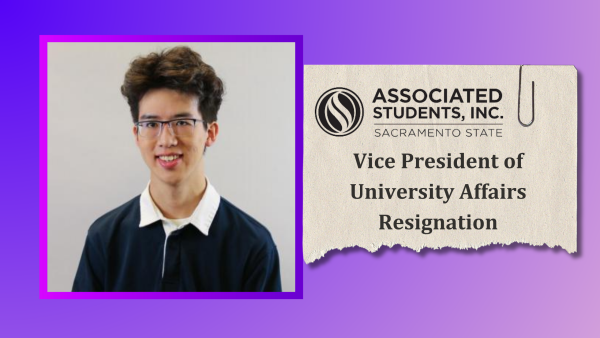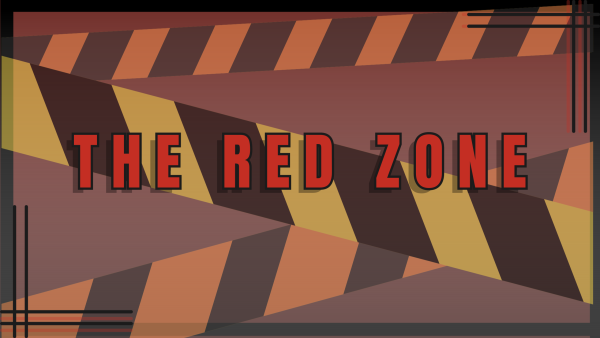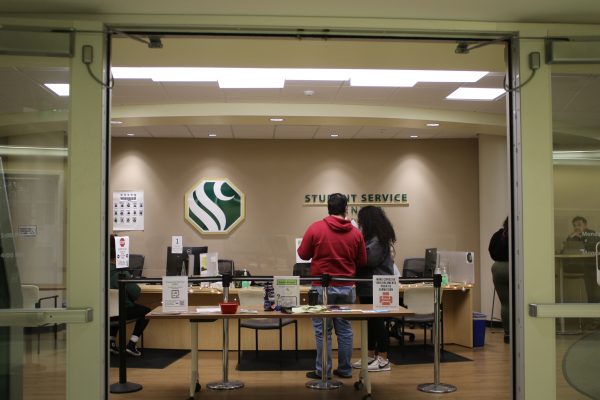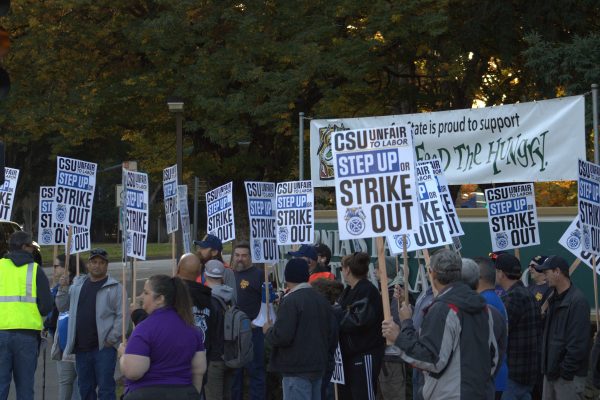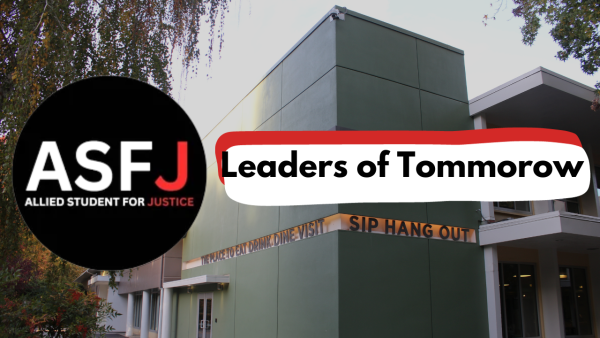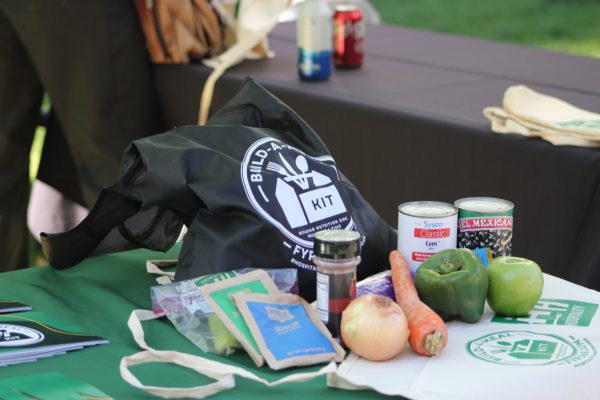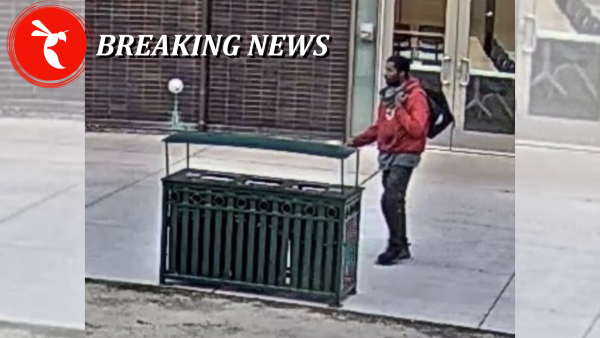FROM THE ARCHIVES: Looking back at the Church of Scientology’s 1970s battle with The State Hornet
Photo courtesy of SCIENTOLOGY MEDIA - CC BY-SA 2.0
‘We’ll tell the world.’ Those four words were hand-drawn on the front page of the first issue of The State Hornet, then called the Sacramento State College Hornet Bulletin, published on Jan. 14, 1949. We’ve been on a mission to do that ever since.
April 23, 2019
An almost four-year clash between the Church of Scientology, Sacramento State’s Associated Students, Inc. and The State Hornet ended with an all out media blitz in the 70s.
Issues arose when The State Hornet published a critical three-part series on the Church of Scientology.
“I didn’t know there was an issue until the start of that semester,” said Brian Blomster, who was editor-in-chief of The Hornet in 1978. Blomster is now the director of news and communication for Sac State.
When the original stories ran in 1974 and 1975, the church’s local chapter threatened to sue.
The suit named five defendants according to the original article: ASI, The State Hornet, then editor-in-chief Bruce Davis, the author of the original series Pat Badovinac and then faculty advisor Hal Rubin.
The stories, which were critical of the church and their practices, were published following the experiences of some Hornet staffers. In order to avoid a libel suit, ASI reached an agreement with the Church of Scientology that called for the State Hornet to publish stories which the Church of Scientology would submit.
The agreement also called for the stories to be published without any comment, disclaimer or editorializing.
Blomster was not the first editor-in-chief to be approached with the agreement. In the summer of 1977, Doug Curley was offered the same agreement.
“I received a letter from an attorney from ASI that a settlement had been reached, two years in the making,” Curley said.
“We’re not gonna do that,” said Curley about publishing the church’s stories. “Then I didn’t hear anything right away.”
Later that summer, Curley was invited to a meeting to try and compromise with ASI, but an agreement was never reached.
“I had to say (the agreement) goes against all journalism ethics,” Curley said.
Curley didn’t hear anything about it for the rest of the year.
“Maybe they were waiting for a new editor,” said Curley.
When Blomster became editor-in-chief, he said he received the agreement with a court order attached to it.
“My position was, ‘There’s no way we’re gonna do that,’” Blomster said. “It was a breach of so many journalistic ethics. So, consulting with members of my staff and the previous year’s editor, Doug Curley, we organized a media blitz.”
They contacted the Sacramento Bee and local television stations about the issue.
“We wrote an editorial (and) had one of our journalism professors, professor Ruben, write something on our behalf,” said Blomster. “We figured we were gonna get shut down, so we were trying to run everything.”
The day everything ran, Curley remembers reporters and other media waiting for the ASI director and wanting to know about the story.
“We were standing up for the students of the university who we thought shouldn’t be subjected to something published without background,” said Blomster. “Like every other issue, it eventually recedes.”
“We felt threatened,” said Blomster about the agreement ASI wanted The State Hornet to abide by.
Blomster remembers feeling that The State Hornet would be ruined by such an agreement.
“The people around me didn’t wanna see it happen,” Blomster said.
The State Hornet is celebrating its 70th anniversary with stories from our archives. Below is the original article by Doug Curley, published September 29, 1978. For more throwback content, click here.
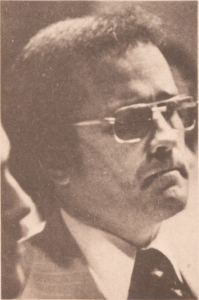
Scientology standoff
The Executive Board of the CSUS Associated Students Inc. and the Church of Scientology have settled out of court on a libel suit that had been pending for four year.
The suit was filed by the church in 1974 after the State hornet printed a critical three-part series on the church during spring semester 1974.
The articles were written by a staff reporter who had gone through initial steps of joining the church, but then became disenchanted with the organization after he and his wife invested $4,325 into the program.
The suit named five defendants: the ASI, the State Hornet, Bruce Davis, then editor of the Hornet, Pat Badovinac — author of the articles, and Hal Rubin — faculty advisor of the student newspaper in 1974.
The agreed settlement calls for the Hornet to print one of three articles submitted by the church to ASI. Besides printing the article, the Hornet and other defendants are not allowed to comment publicly about the settlement.
Current Hornet editor Brian Blomster has decided not to go along with the ASI agreement.
“The State Hornet, like any other newspaper, is entitled to all guarantees of the first amendment.
That is, no person or body of people may select what goes into or stays out of this publication,” he said.
The ASI disagrees with Blomster: “We fund the paper, and therefor we are the paper’s publishers and reserve the right to dictate what goes in it,” said Kevin Stevens, senate chair for the student group.
The ASI funds $20,000 towards the Hornet’s 1978-79 school year budget of $88,000.
Stevens a member of the ASI executive board, which also includes Paul McAmis, executive director; Peter Young, president; Bob Raymer, vice president; and Tim Comstock, dean of students, told the Hornet editorial staff they have no choice in the matter. “The agreement has already been made, and it’s binding. If the Hornet violates the agreement, they would be in contempt of court, and the ASI would stand to lose $500,000.”
The Hornet and Rubin argue though, that the agreement, approved by the board in May 1978, is not only unconstitutional but agreed upon without the consent or knowledge of the other parties involved.
“I’m a party to this suit and I was never consulted about this agreement,” said Rubin.
“And I don’t believe any agreement can be legally binding which states that I can or can’t say something about Scientology.
“In the past four years all they (the church) have been doing is trying to settle out of court.” said Rubin.
“They haven’t tried to prove libel yet. I don’t believe Scientology is beyond criticism. If they have a case, let them go to court and prove it.”
Blomster said, “ This all started years before any of our current staff was here, so I believe we were due at least an explanation of what was going on before they made a final settlement.”
According to McAmis, Rosalyn F. Barrie of the Hardy, Erich and Brown law firm and ASI’s lawyers in the case, approached them in early spring 1978, with an offer from the Scientology group.
McAmis said the lawyer advised that the agreement would be a good way out of the pending court case. The agreement was dated May 18, 1978. Then, according to McAmis, the executive board voted to approve the settlement.
Comstock, a member of the board, stated he was unaware the settlement, and said he didn’t feel the Hornet would be in contempt of court if they violated the agreement.
“I was not part of the decision, if I had been there when they talked about the agreement I would have spoken out against it. Since the agreement was made out of court, if it is broken, all it could be is a breach of promise.” he said.
Young, ASI president, said when he was presented with the options available for the case by McAmis, he decided the easiest way out of the case would be to run the article. “I realize this may going against journalism ethics, but I feel the paper should run the article then lay into the ASI and the church with letters to the editors on the matter,” said Young.
“When I made the decision I didn’t realize the ramifications it would have on the paper.”
The controversy first began March 26, 1974, when the first of Badovinac’s three articles appeared. Shortly after according to Rubin, the Hornet was contacted by Scientology officials from San Francisco.
“They told Bruce (Davis) they weren’t happy with the piece and they would like it stopped, Rubin said, “After the second article, an official with a turned-around collar showed up in the office with stacks of documents he claimed were case histories of other college papers who had written articles about Scientology.
He again asked Bruce to stop the series, but he refused. Soon after we first heard of the libel suit.”
When we contacted, Davis, now working for the Chico Enterprise – Record, would not comment on the matter.
“It’s a matter of agreeing with the stipulations of the agreement, so I can’t say anything.”
He did, however, say, “If i could I’d have a story for you.”
Bodovinac (sic) has moved out of the town and has yet to be reached for comment.
According to Larry Bliss, ASI executive director through the 1974 school year, the Church of Scientology filed the suit late in the spring of 1974, and then offered two different settlements.
“Each settlement called for a retraction of some kind plus an amount of money paid to the church by ASI,” he said.
“But both settlements were turned down by the senate on the advice of our insurance group. our agent, Owen Ward, said our blanket policy covered the newspaper and that they would obtain the services of the Hardy, Erich and Brown law firm.”



















